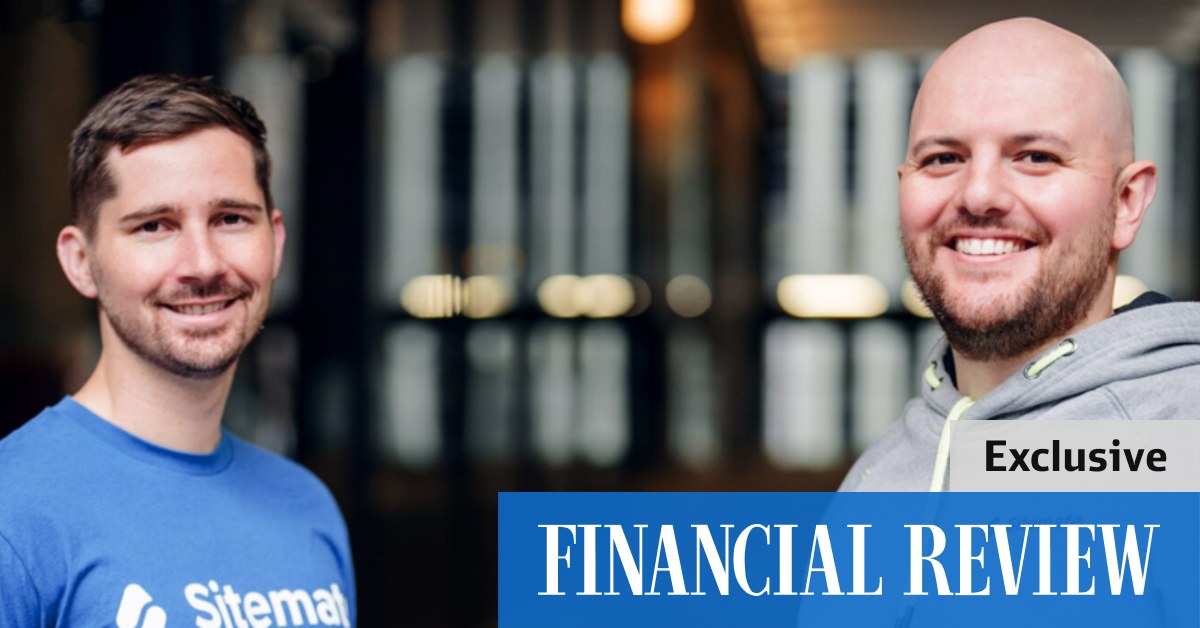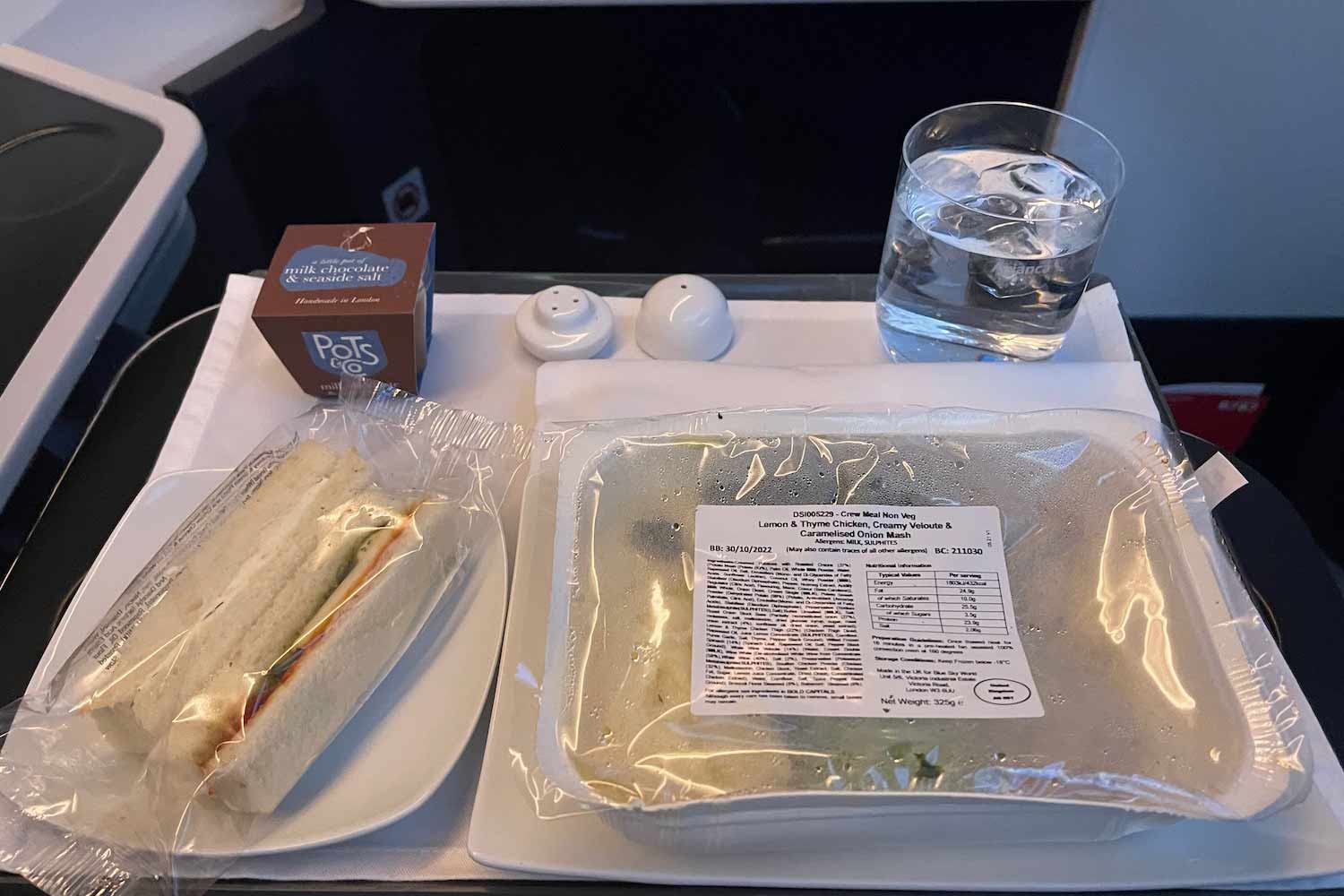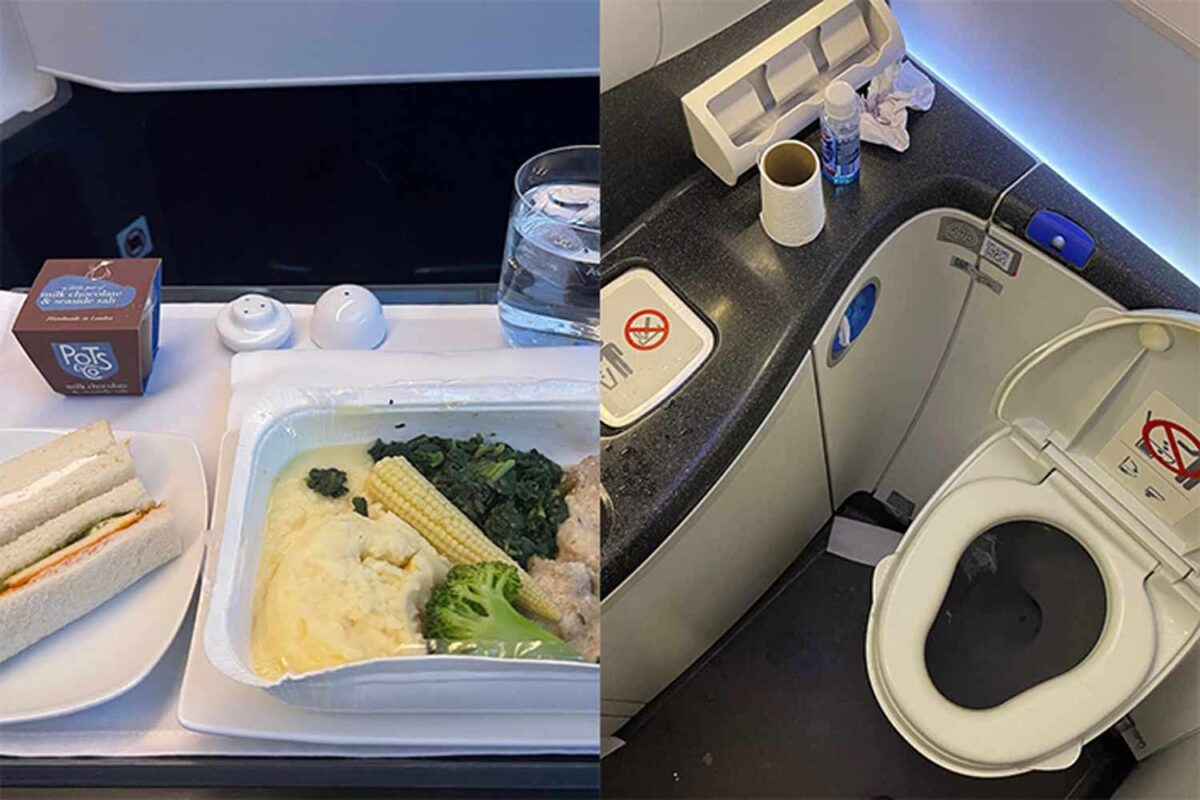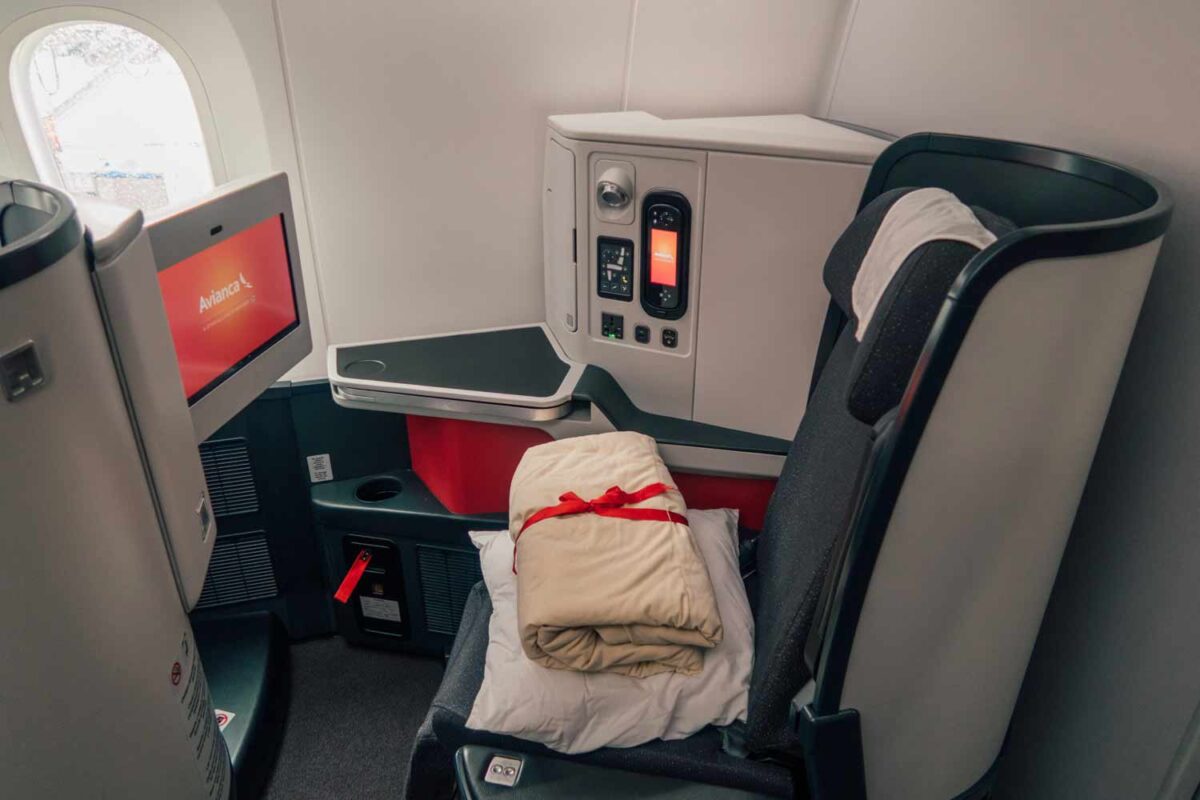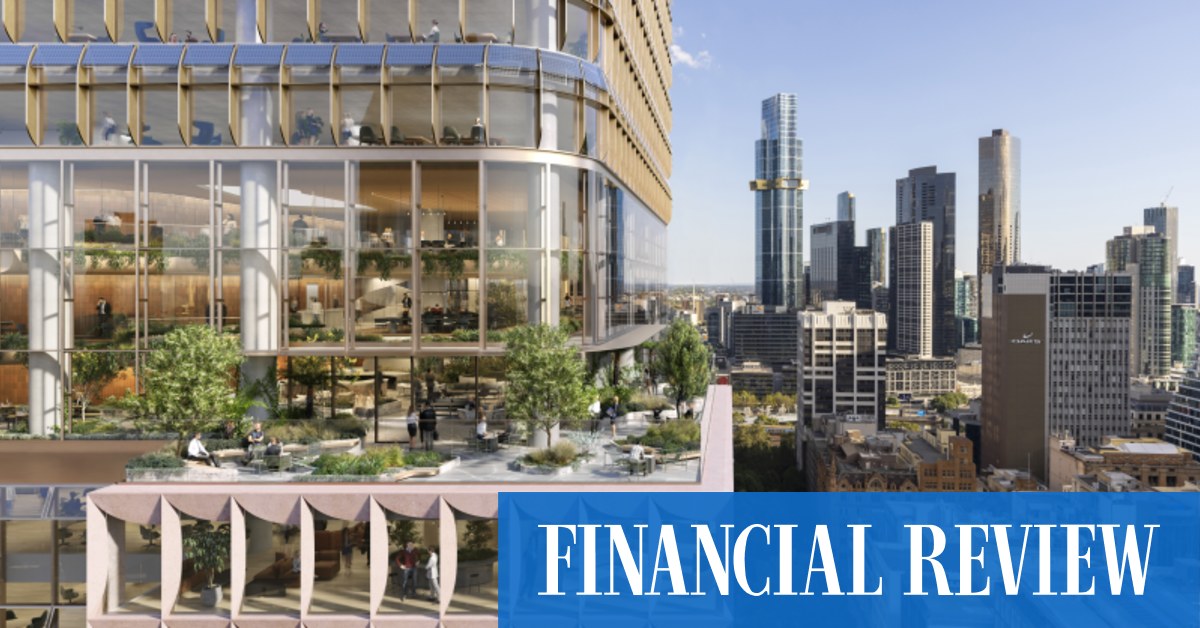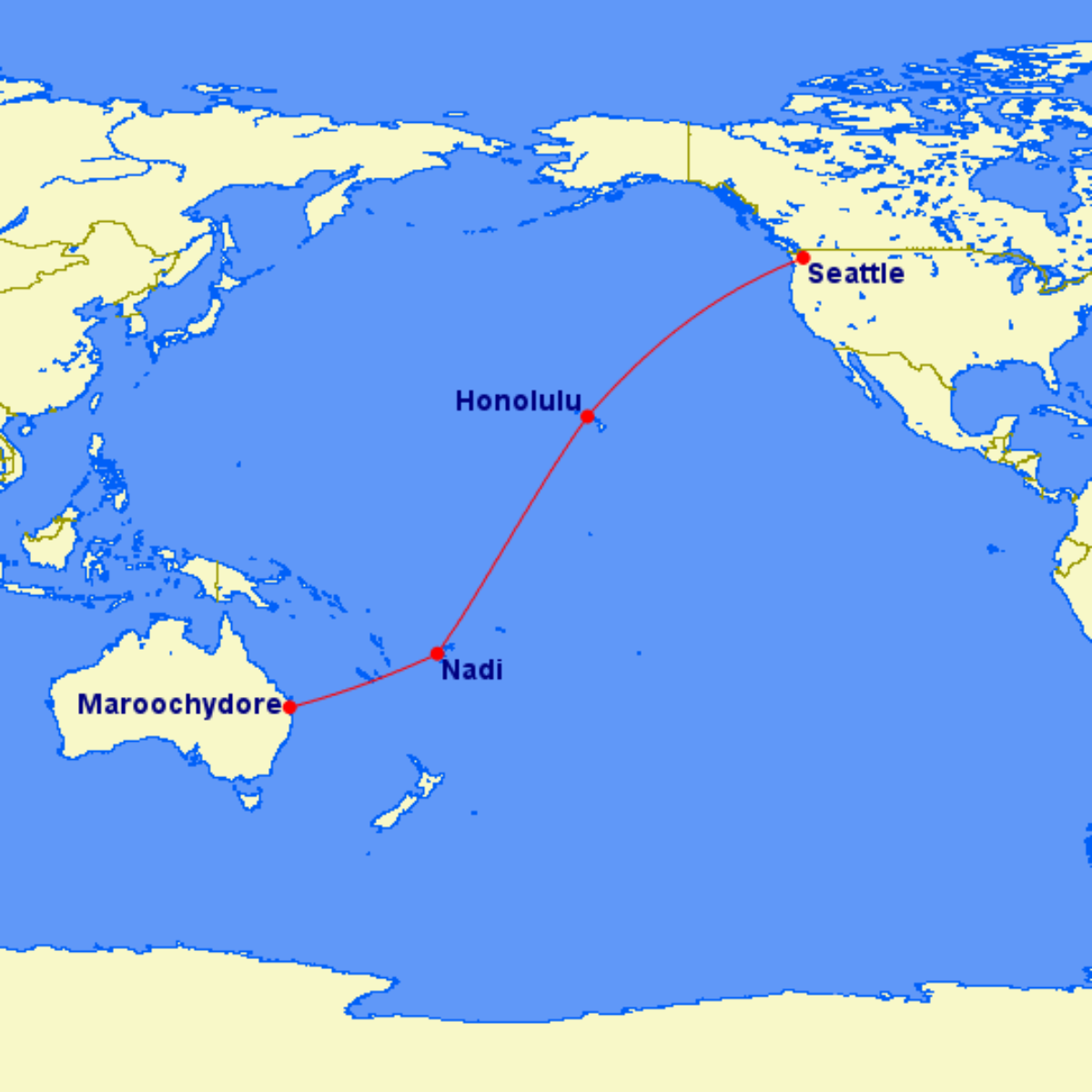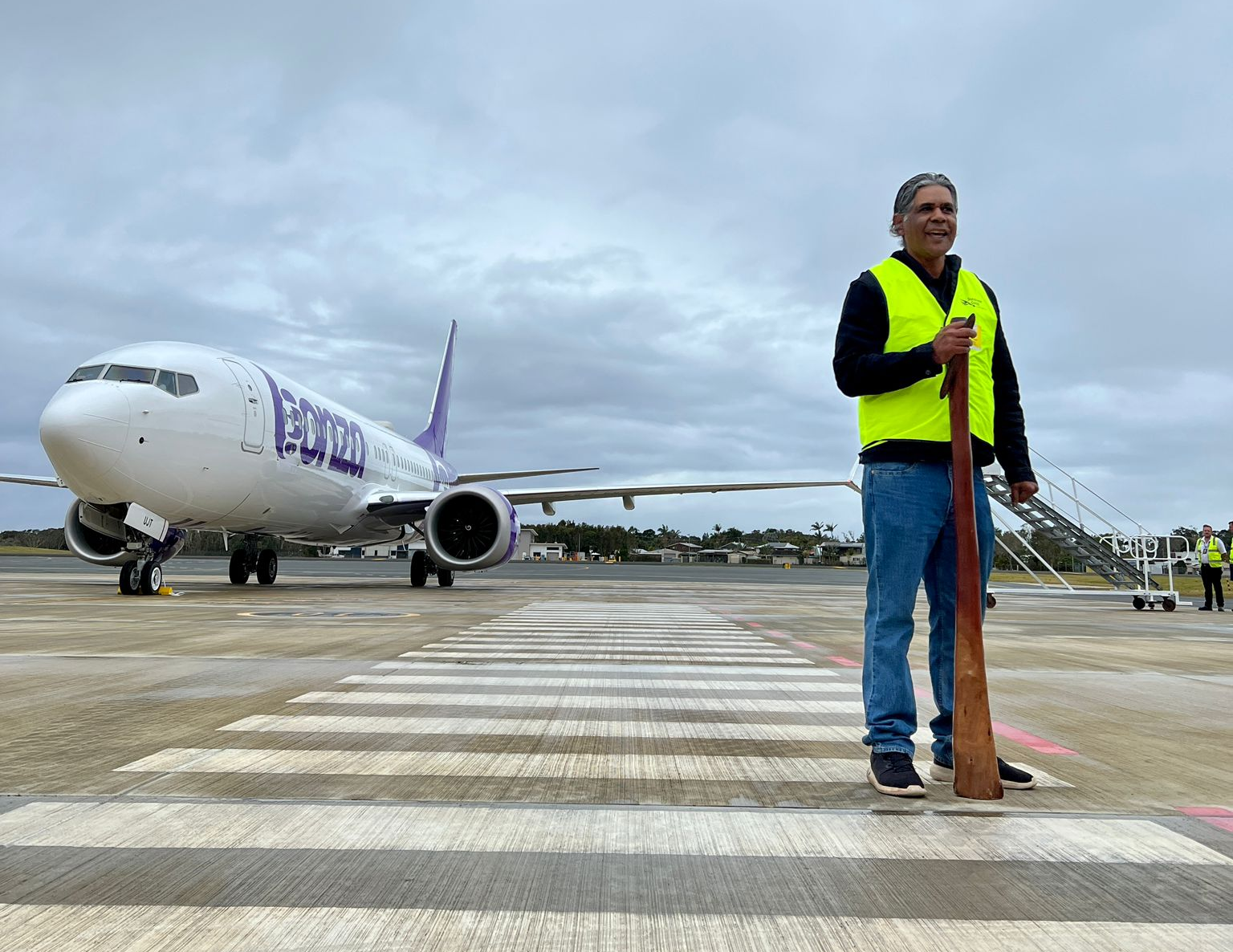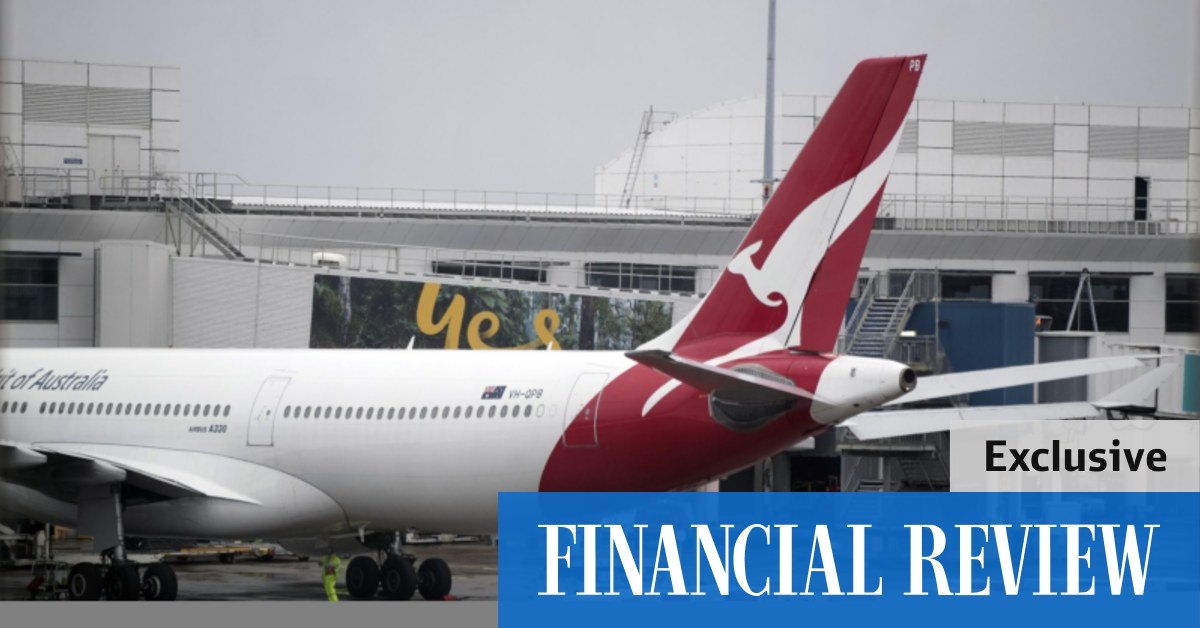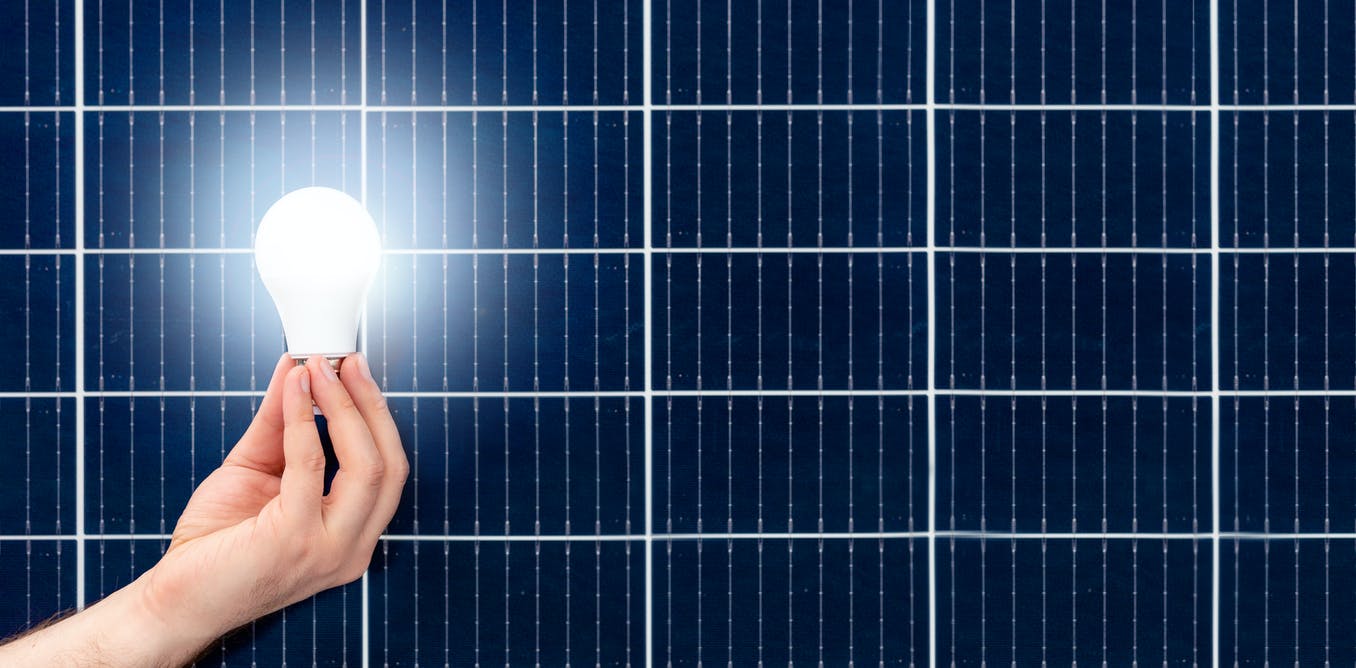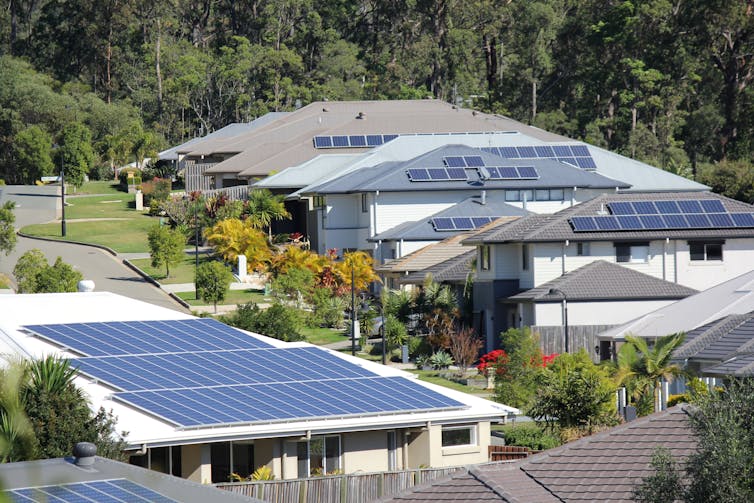
Bonza’s first plane, a Boeing 737 MAX, has arrived in Australia prior to the airline’s launch.
The first aircraft for Australia’s new domestic airline, Bonza, has arrived at its new home on the Sunshine Coast.
The Boeing 737 MAX, designated flight AB001, took off from Boeing’s facility in Seattle on Friday, making stops in Hawaii and Fiji for refueling before landing at the Sunshine Coast.
Bonza is hoping to launch flights from September, pending regulatory approval, and plans to initially fly to 17 destinations on 27 routes. Twenty five of these routes are not currently serviced by other airlines, according to Bonza.

Bonza flight crew with their mix and match uniforms.
It is the first new airline to launch in Australia since the now-defunct Tigerair in 2007, which shut down due to the pandemic.
“This is an exciting time for Australian aviation and most importantly, the Aussie traveling public who will now enjoy more choice,” said Bonza’s chief executive Tim Jordan.
Jordan has previously said that the low-cost carrier’s fares will be about half the price of those offered by full-service airlines and similar to those of Jetstar.
Along with the Sunshine Coast, expected destinations include Albury, Bundaberg, Cairns, Coffs Harbour, Gladstone, Mackay, Mildura, Newcastle, Port Macquarie, Rockhampton, Toowoomba Wellcamp, Townsville and the Whitsunday Coast.
Bonza will fly into Melbourne Airport but not to Sydney, with Jordan citing better commercial terms and landing slots on offer at other facilities.
The new Bonza plane’s interiors will be completed in Australia. The single-class cabin will have 186 seats with different seating options, according to the airline.
“It seems only right that we bring home our first aircraft to have its final touches put on by Australians locally,” Jordan said.
Bonza has already broken some Australian aviation conventions, even before it launches.
The airline will only sell fares through its own app – bookings won’t be available through third-party websites. It will also have Australia’s first non-gender specific uniform rules for its cabin crew, allowing staff to mix and match a variety of clothing options.
Bonza’s plane is the first Boeing 737 MAX to be based in Australia and will be part of a fleet of new aircraft. The airline expects a second MAX aircraft to arrive later this month and another in September, with a total of eight to be delivered in its first year of operation.
The 737 MAX, which first entered service in 2017, was grounded worldwide in March 2019 after a faulty flight stabilization system saw two of the jets involved in fatal crashes, killing more than 300 people.
America’s Federal Aviation Administration cleared the plane to resume service in November 2020 after changes were made.
Virgin Australia also has four 737 MAX plans on order, reduced from an original order of 23.
The 737 MAX offers a 15 per cent fuel saving on previous versions of the 737.
The arrival of the 737 MAX comes one day after Jetstar took delivery of its first Airbus A320neo, the arch rival of the MAX, with similar size, range and fuel efficiency.
See also: Bigger seats, longer range: Jetstar’s new Airbus touches down
See also: Superjumbo comeback: The airlines still flying A380s to Australia
.


